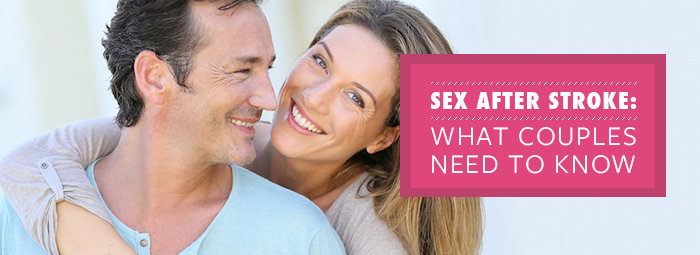Sex After Stroke: What Couples Need to Know
The subject of sex can be sensitive for many stroke survivors. A stroke can come with enormous physical and emotional changes that may affect your desire, abilities, and confidence. While...
Range of Motion Exercises for Spinal Cord Injuries
A spinal cord injury (SCI) is damage to any part of the spinal cord. This damage can lead to loss of function and sensation in the parts of the...
How to Stay Motivated During Stroke Recovery
The path to stroke recovery can feel endless and full of obstacles to overcome. While recovering from a stroke is certainly possible, it takes hard work and dedication from the...
How to Treat Spasticity After Stroke
After a stroke, 17 to 38 percent of people experience spasticity. After a spinal cord injury, 40 to 78 percent of people experience it. Individuals with mild spasticity might have...
Pain After a Stroke: Symptoms to Watch Out For
Stroke survivors can experience tragic results after their attacks in the form of many different types of physical pain. Conditions such as paralysis, frailty, and changes in sensation are some...
The Rising Cost of Stroke in America
Strokes are the leading cause of disability in the United States and the fifth leading cause of death. Nearly 800,000 people will have a first-time or recurrent stroke every year....
What is a Brainstem Stroke?
A brainstem stroke can cause impairments in vital body functions, like breathing, heartbeat, swallowing, and speech, due to a blockage of blood between the brainstem and the brain. The effects...
How to Choose the Right Stroke Rehabilitation Services
Every year, more than 795,000 people in the United States have a stroke. Only 10 percent of those people will recover completely, leaving 25 percent with minor impairments and another...
The Benefits of Gait Training During Stroke Recovery
In the challenging months following a stroke, the first line of defense against further illness or injury is a strong rehabilitation plan. Long-term stroke recuperation is quite common—up to 90...
How to Start a Stroke Support Group
Mental health professionals know that support groups are an effective way to cope with the stresses, changes, and challenges of going through major life events, like a stroke.Support groups provide...
What Is The NIH Stroke Scale (NIHSS)?
The NIH Stroke Scale (NIHSS) is a common diagnostic method for quickly assessing the severity of a stroke experienced by a patient. Unfortunately, family members of stroke patients can have...
Treating Hemiplegia and Hemiparesis After Stroke
After a stroke, it’s common to experience weakness or paralysis on one side of the body, depending on which side of the brain your stroke occurred. Right-sided weakness or paralysis...















